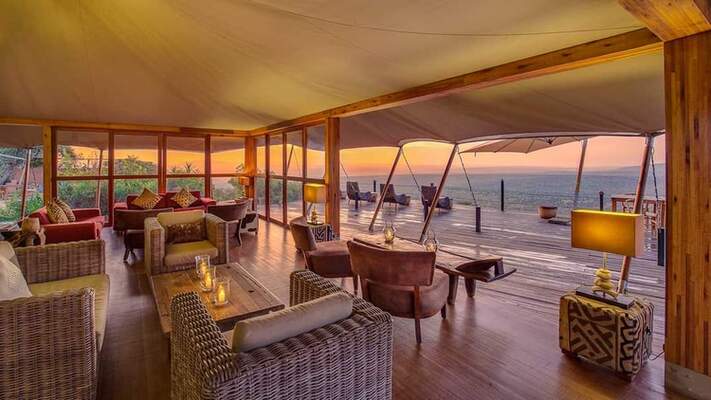
A Kenyan safari is often considered a bucket-list adventure, promising breathtaking wildlife encounters, luxurious accommodations, and a deep dive into one of the most diverse ecosystems in the world. But before packing your bags, it’s important to understand the costs involved in making this dream a reality.
Kenya offers a wide range of safari options, from budget-friendly experiences to ultra-luxurious retreats. This guide explores the various factors that influence the cost of a Kenyan safari, helping you plan a trip that aligns with your preferences and budget.
1. Key Factors Influencing Safari Costs
The price of a Kenyan safari depends on several key factors:
a. Type of Accommodation
Accommodations range from basic campsites to high-end lodges and luxury tented camps.
- Budget (Camping): $50–$150 per person, per night.
- Mid-Range Lodges: $150–$350 per person, per night.
- Luxury Lodges and Camps: $400–$2,000+ per person, per night.
Luxury accommodations often include added perks like guided game drives, gourmet meals, and private plunge pools.
b. Duration of Safari
The length of your safari heavily impacts costs. A three-day safari costs significantly less than a week-long or multi-week experience.
c. Destinations
Kenya has diverse safari destinations, each with unique pricing structures:
- Maasai Mara: Premium costs due to abundant wildlife and the Great Migration.
- Amboseli National Park: Known for elephants with Mount Kilimanjaro as a backdrop, moderately priced.
- Tsavo and Samburu: Often more affordable, with unique ecosystems and wildlife.
- Private Conservancies: Higher costs but offer exclusivity, guided experiences, and conservation support.
d. Time of Year
Kenya’s safari seasons impact pricing:
- Peak Season (June to October): High demand during the Great Migration and dry season. Prices increase by up to 50%.
- Shoulder Season (November and March): Moderate pricing, with good wildlife visibility.
- Low Season (April and May): Significant discounts due to the rainy season, though some roads and lodges may be inaccessible.
e. Group vs. Private Safari
- Group Safari: Shared vehicles and guides lower per-person costs. Prices start at $200–$400 per day.
- Private Safari: Personalized itineraries with exclusive use of vehicles and guides. Prices range from $500–$1,500+ per day.
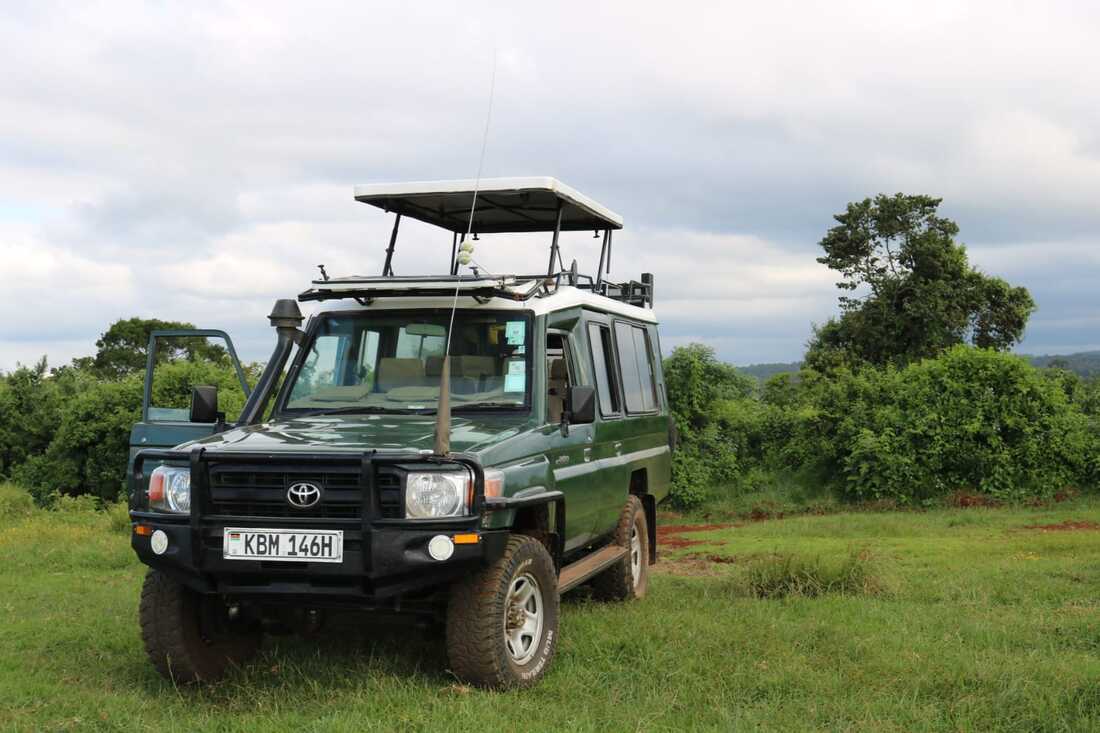
2. Breakdown of Costs
Let’s dive into the primary expenses you’ll encounter during a Kenyan safari.
a. Transportation
International Flights
Flights to Kenya are a significant part of your budget.
- From North America: $700–$1,500 (economy), $3,000+ (business).
- From Europe: $500–$900 (economy), $2,500+ (business).
- From Asia: $600–$1,200 (economy).
Flying into Jomo Kenyatta International Airport (Nairobi) is most common, but Mombasa is an alternative for coastal extensions.
Domestic Transportation
- Domestic Flights: Light aircraft flights between Nairobi and parks like Maasai Mara or Amboseli cost $150–$350 one way.
- Road Transfers: Overland safaris are more affordable but may require a 4x4 vehicle rental.
4x4 Vehicle Rental with Driver/Guide
For road safaris, expect:
- Shared Vehicle: $100–$150 per day.
- Private 4x4: $200–$300 per day.
b. Park Fees
Entry fees contribute significantly to the total cost of your safari.
- Maasai Mara National Reserve: $70–$80 per adult, per day.
- Amboseli National Park: $60 per adult, per day.
- Private Conservancies: $90–$120 per adult, per day, often inclusive of guided activities.
c. Accommodation Costs
As previously mentioned, lodging costs depend on the level of comfort and exclusivity. Most accommodations offer all-inclusive rates covering meals, game drives, and sometimes drinks.
- Budget Example: A simple camp in Maasai Mara with shared facilities might cost $100 per night.
- Luxury Example: A private villa in a conservancy, complete with a personal butler and safari guide, could exceed $2,500 per night.
d. Activities
While game drives are standard, additional activities can add to your expenses:
- Hot Air Balloon Safari: $400–$600 per person.
- Cultural Visits (e.g., Maasai Villages): $20–$50 per person.
- Guided Walking Safaris: $50–$100 per person.
- Night Game Drives (in private conservancies): $100–$200 per person.
e. Food and Drinks
In most safari packages, meals are included. However, alcohol and specialty drinks may incur extra charges, especially at mid-range lodges.
- Local Beers/Wines: $5–$10 per glass.
- Cocktails: $10–$20 each.
f. Tips and Gratuities
Tipping is customary in Kenya’s tourism industry:
- Safari Guide/Driver: $10–$20 per day.
- Lodge/Camp Staff: $5–$10 per day.
- Porters: $1–$2 per bag.
g. Travel Insurance
Comprehensive travel insurance is essential, covering medical emergencies, evacuation, and cancellations. Expect to pay $50–$150, depending on the policy.
3. Sample Safari Packages
To give you a clearer picture, here are sample safari packages with approximate costs:
Budget Safari (5 Days)
- Destinations: Nairobi – Maasai Mara – Lake Naivasha.
- Accommodation: Basic tented camps.
- Transport: Shared vehicle.
- Cost: $1,200–$1,500 per person.
Mid-Range Safari (7 Days)
- Destinations: Nairobi – Maasai Mara – Amboseli – Lake Nakuru.
- Accommodation: Mid-range lodges.
- Transport: Private vehicle.
- Cost: $2,500–$4,000 per person.
Luxury Safari (10 Days)
- Destinations: Nairobi – Maasai Mara – Samburu – Lewa Conservancy – Amboseli.
- Accommodation: Luxury lodges and tented camps.
- Transport: Combination of flights and private vehicles.
- Cost: $7,000–$15,000+ per person.
4. Hidden Costs to Consider
When budgeting for a safari, be mindful of potential hidden costs:
- Vaccinations and Malaria Prophylaxis: $100–$300.
- Visa Fees: $50 for a single-entry visa to Kenya.
- Souvenirs: Handcrafted items, jewelry, and artwork can add up.
- Carbon Offset Contributions: Optional but encouraged for eco-conscious travelers.
5. How to Save on Your Safari
Here are some tips for enjoying an incredible safari without breaking the bank:
- Travel During Low Season: Enjoy discounts on accommodations and tours.
- Book Group Safaris: Sharing costs can reduce overall expenses.
- Opt for Road Transfers: Save on costly domestic flights.
- Choose Community-Based Lodges: These support local communities and tend to be more affordable.
6. Is a Kenyan Safari Worth the Cost?
Absolutely! A safari in Kenya is not just a trip; it’s an experience that connects you with nature, wildlife, and culture in profound ways. From witnessing the Great Migration in Maasai Mara to observing elephants against the backdrop of Mount Kilimanjaro, the memories you create on a safari are priceless.
Whether you’re a budget traveler or seeking indulgent luxury, Kenya offers a safari experience tailored to your preferences. By understanding the costs and planning wisely, you can ensure a rewarding and unforgettable adventure.
Contact Us to Book your Safari

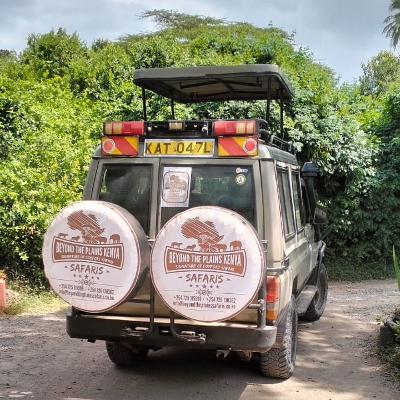
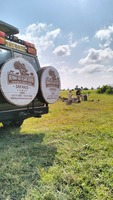

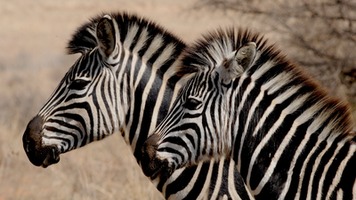
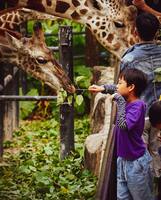
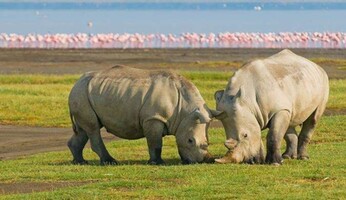
Leave Comment Below